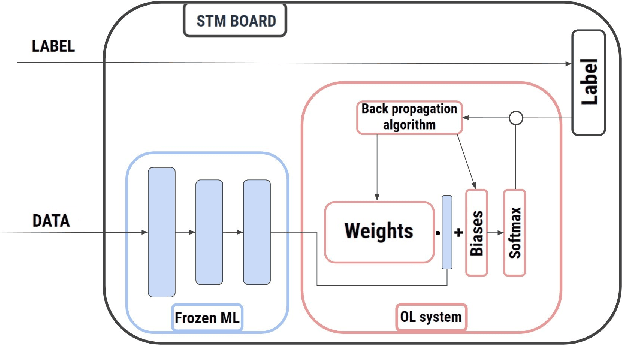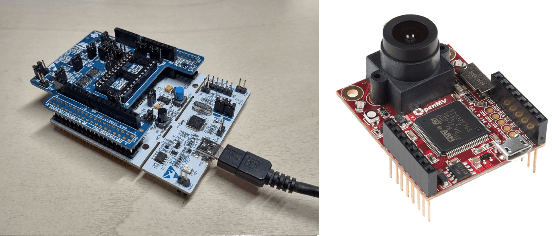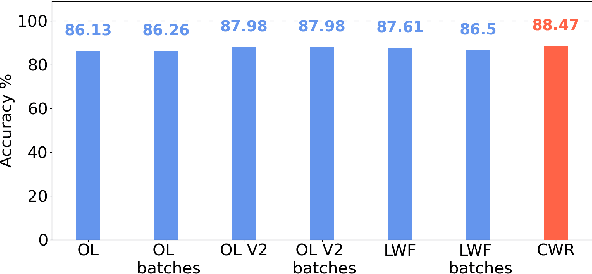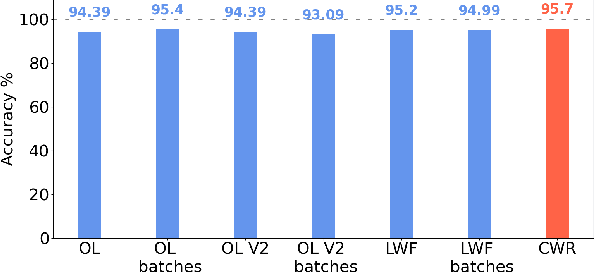Alessandro Avi
Incremental Online Learning Algorithms Comparison for Gesture and Visual Smart Sensors
Sep 01, 2022



Abstract:Tiny machine learning (TinyML) in IoT systems exploits MCUs as edge devices for data processing. However, traditional TinyML methods can only perform inference, limited to static environments or classes. Real case scenarios usually work in dynamic environments, thus drifting the context where the original neural model is no more suitable. For this reason, pre-trained models reduce accuracy and reliability during their lifetime because the data recorded slowly becomes obsolete or new patterns appear. Continual learning strategies maintain the model up to date, with runtime fine-tuning of the parameters. This paper compares four state-of-the-art algorithms in two real applications: i) gesture recognition based on accelerometer data and ii) image classification. Our results confirm these systems' reliability and the feasibility of deploying them in tiny-memory MCUs, with a drop in the accuracy of a few percentage points with respect to the original models for unconstrained computing platforms.
 Add to Chrome
Add to Chrome Add to Firefox
Add to Firefox Add to Edge
Add to Edge